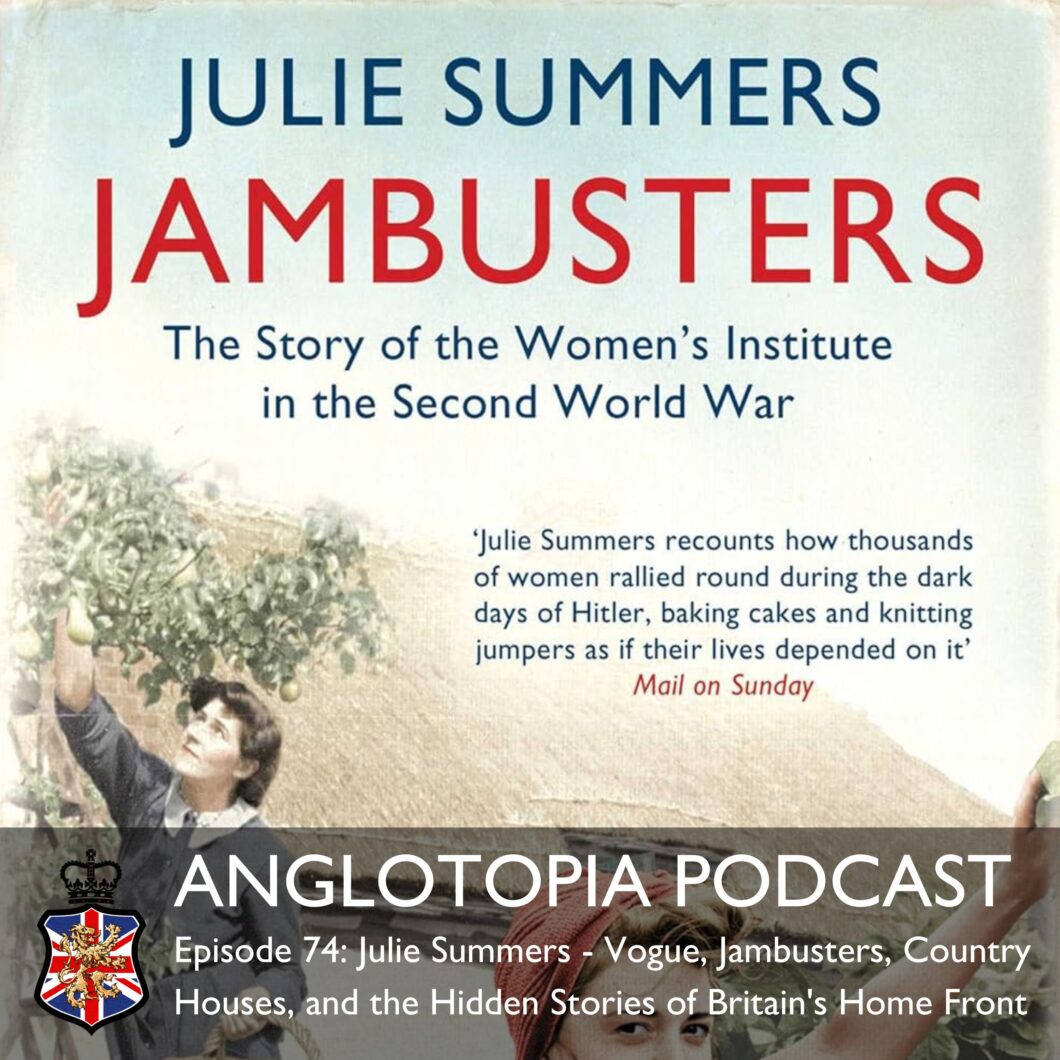
In this episode of the Anglotopia Podcast sponsored by Jolly Posh Foods, host Jonathan Thomas speaks with Lucy Pask, a British expat in Chicago, about the significance of British food during Christmas. They discuss the offerings of Jolly Posh Foods, Lucy’s journey from the UK to the US, and the unique aspects of British Christmas dinner traditions, including the importance of specific dishes and the cultural nuances that come with being an expat. The conversation also touches on Boxing Day traditions and the challenges of finding authentic British food in America.
Links
Takeaways
- British food is a significant comfort for expats during the holidays.
- Jolly Posh Foods provides authentic British food to expats in America.
- Lucy Pask’s journey reflects the passion for British culture in the US.
- Christmas dinner in Britain includes unique dishes like pigs in blankets and roast potatoes.
- Boxing Day is a day for leftovers and family traditions.
- The importance of Yorkshire pudding in British cuisine cannot be overstated.
- Mince pies are a staple of British Christmas, despite their acquired taste.
- Ordering British food early is crucial for expats during the holiday season.
- Cultural differences in food can lead to humorous misunderstandings.
- The joy of sharing British food traditions with American family members.
Sound Bites
- “The correct answer is always to say my family. But the honest answer, Jonathan, is that I really miss Waitrose and Marks and Spencer.”
- “When you’re in the UK, the whole of the UK, not just England, you’re never more than about six foot away from a bacon butty.”
- “When you have a proper breakfast sausage in the UK for the first time, it’s almost like a revelation. You’re like, I’ve been doing sausage wrong my whole life.”
- “Being able to access this food and share it with them is one of my greatest joys in life.”
- “I honestly don’t think I could eat a Christmas dinner if I wasn’t wearing a paper crown. I’ve never tried it and I don’t want to.”
- “Over 750 million pigs in blankets are eaten in the UK during Christmas… every citizen eats 13 pigs in blankets on Christmas Day.”
- “We thought, well, what can we take to Thanksgiving? Why don’t we take a Christmas pudding? We’ll set fire to it and it’ll make them laugh. And now we have to do it every year.”
- “There’s something about Chicago and a Midwestern attitude that’s actually very British. It’s a little self-effacing, fun, open to being humble and funny about yourselves.”
- “It is treated with the same reverence and panic as booking Coachella tickets or Eras Tour tickets.”
- “Full disclosure, I messed the whole thing up… Christmas Eve in the UK is one of the biggest nights out of the year. It is a full-on festival of going out to the pub. All the pubs and bars were shut at 10.”
Chapters
- 00:00 Introduction to British Christmas Food
- 04:11 Lucy Pask’s Journey to Chicago
- 19:58 Exploring British Christmas Dinner Traditions
- 25:54 The Quintessential British Christmas Dinner
- 34:54 Christmas Pudding and Its Traditions
- 38:25 Understanding Mince Pies
- 50:17 Boxing Day: The Day of Leftovers
- 54:56 Ordering British Foods for the Holidays
- 58:59 anglotopia-podcast-outro.mp4




















